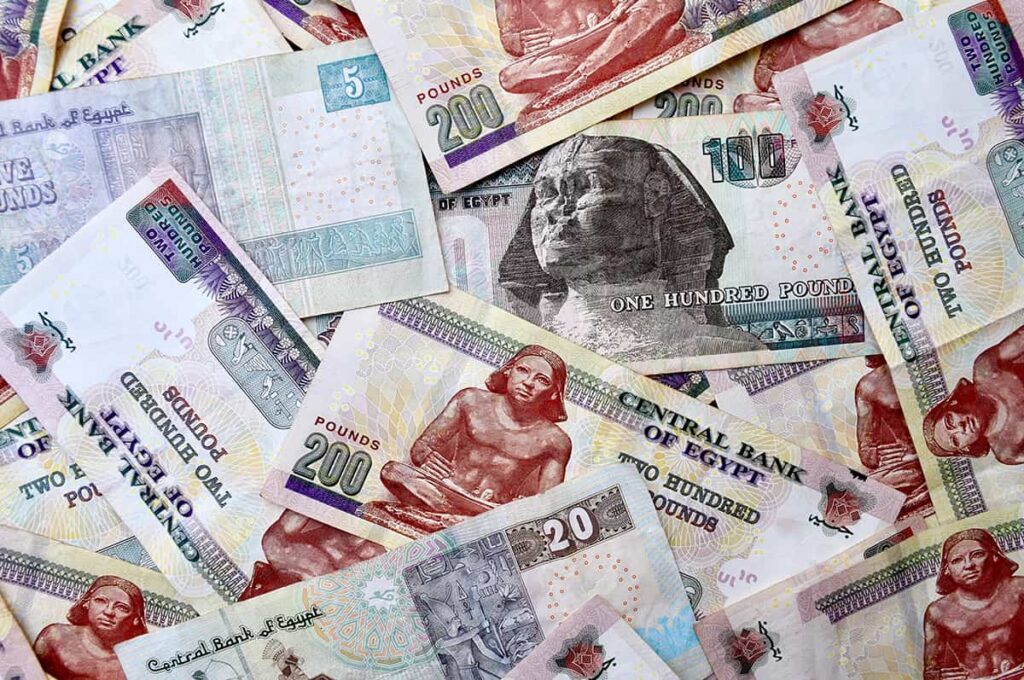An $8 billion IMF rescue package and a $35 billion investment deal orchestrated by the UAE have successfully alleviated Egypt’s foreign currency shortage crisis. The Central Bank of Egypt implemented several measures in early March to secure this funding, including a substantial increase in interest rates, a reduction in infrastructure spending, and a deliberate devaluation of the Egyptian pound. In exchange for these adjustments, Egypt’s existing IMF loan was expanded to $8 billion, a move that aligns with the IMF’s longstanding advocacy for a floating exchange rate.
The UAE’s massive investment agreement, providing $24 billion for land development projects, paired with $11 billion in long-term deposits from UAE, Kuwait, and Saudi Arabia into the Egyptian central bank further bolstered Egypt’s foreign currency reserves. The devalued Egyptian pound is expected to enhance the country’s export competitiveness, particularly in sectors like cotton, while also addressing the trade deficit concerns. However, the devaluation may significantly impact the purchasing power of Egypt’s populace, a substantial portion of whom already struggles with poverty.
The Egyptian central bank’s strategic actions aim to tackle multiple economic challenges, such as foreign currency scarcity, soaring black market exchange rates, and rampant inflation that has led to soaring prices of essential goods like bread. The success of these reforms, especially the adoption of a floating exchange rate, remains uncertain given Egypt’s history of reverting to fixed exchange rates after devaluation efforts. The failure to transition to a floating exchange rate after a previous IMF loan in December 2022 highlights this concern.
Questions linger regarding the long-term economic impact of the recent reforms and whether they will stimulate the growth necessary to sustain Egypt’s significant debt, accrued from President Abdel Fattah El-Sisi’s substantial infrastructure investments. External factors like Israel’s conflict in Gaza, which has disrupted tourism and Suez Canal revenue due to Red Sea shipping threats, as well as reduced remittances from abroad following currency market fluctuations, further cloud Egypt’s economic outlook.
For further insights into Egypt’s economic standing and analysis, readers can refer to Global Finance’s comprehensive country report page.
